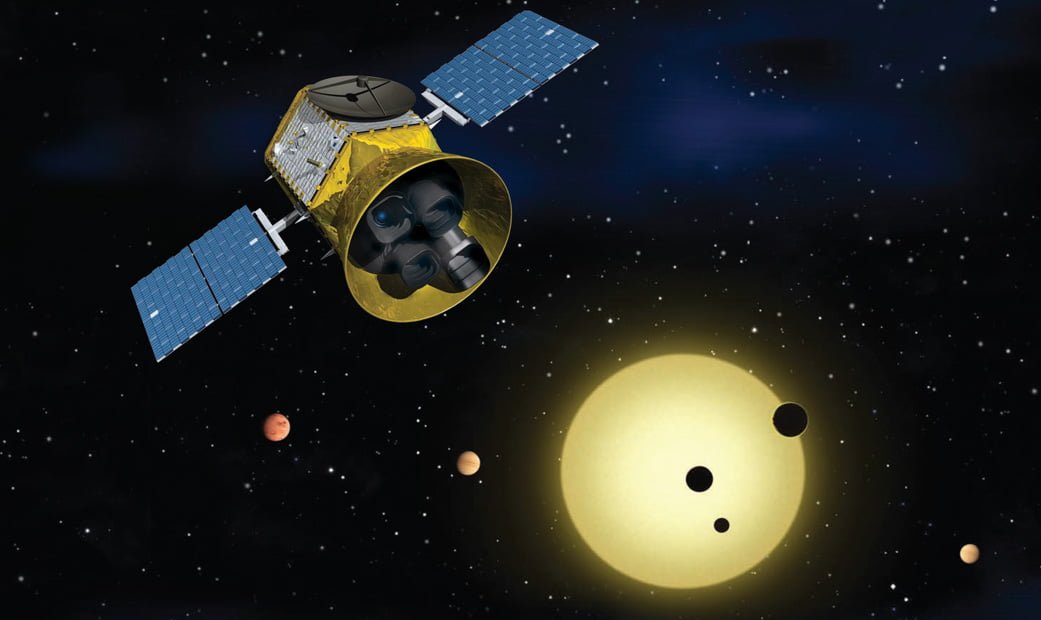The TESS satellite launches on April 16, 2018 on SpaceX’s Falcon 9 rocket. TESS, which stands for the Transiting Exoplanet Survey Satellite is going to explore new worlds that have the potential to harbor life and that orbit stars that are comparable to our sun. The launch of TESS will mark another collaboration between NASA and the SpaceX company.
The first confirmed detection of a planet outside our solar system was in 1992. The Kepler Space Telescope from NASA managed to reveal 2,300 of the exoplanets. However, according to the reports from recent months, NASA’s Kepler Space Telescope is slowly running out of fuel and could stop working in the coming months.
NASA will carefully use the new TESS satellite to keep an eye on 200,000 of the closest stars in the galaxy. The satellite is equipped with four wide-angle cameras capable of detecting any changes that could occur when it comes to the brightness of the observed stars.
Sara Seager, told CNet that NASA’s new satellite will serve perfectly to discover the next exoplanet to be studied: “TESS is going to essentially provide the catalog, like the phone book, if you will, all of the best planets for following up, for looking at their atmospheres and studying more about them.”
TESS won’t be alone on this venture. It’s expected to locate more planets until the James Webb Space Telescope officially launches in 2020, which has already had two delays. Combining their use, NASA’s scientists will be able to discover a lot more new worlds and explore them to see whether they could support extraterrestrial life or not.
The scientists hope that the TESS satellite will be able to locate other planets, particularly those that resemble Earth, known as super-Earths. The planet needs to have a rocky surface, contain at least one gas-giant like Jupiter to protect it from asteroids and be located in its parent star’s habitable zone. That means that the star will be able to warm it enough to sustain liquid water. Seager believes that the satellite will be more than capable of discovering such worlds.
“To me, TESS represents the very first opportunity to really, truly make progress in this area of trying to find signs of life on other worlds. It really has a chance to find a rocky planet that’s the right distance from its star, the right temperature to have life on its surface. Tess will find a pool of planets like that.”
NASA’s Paul Hertz explains the future endeavors of the Transiting Exoplanet Survey Satellite slightly different. He added that TESS should reveal a greater variety of planets.
“We learned from Kepler that there are more planets than stars in our sky, and now TESS will open our eyes to the variety of planets around some of the closest stars. TESS will cast a wider net than ever before for enigmatic worlds.”
“I can’t wait to see TESS launch and participate as the next step in human exploration of new worlds takes shape,” Lisa Kaltenegger, a Cornell University professor and TESS science team member, told CNet. “When looking up at night, we will be able to point at bright stars in the night sky and say, ‘Right there, there is a star that hosts another Venus, Mars, or maybe even another Earth.'”





